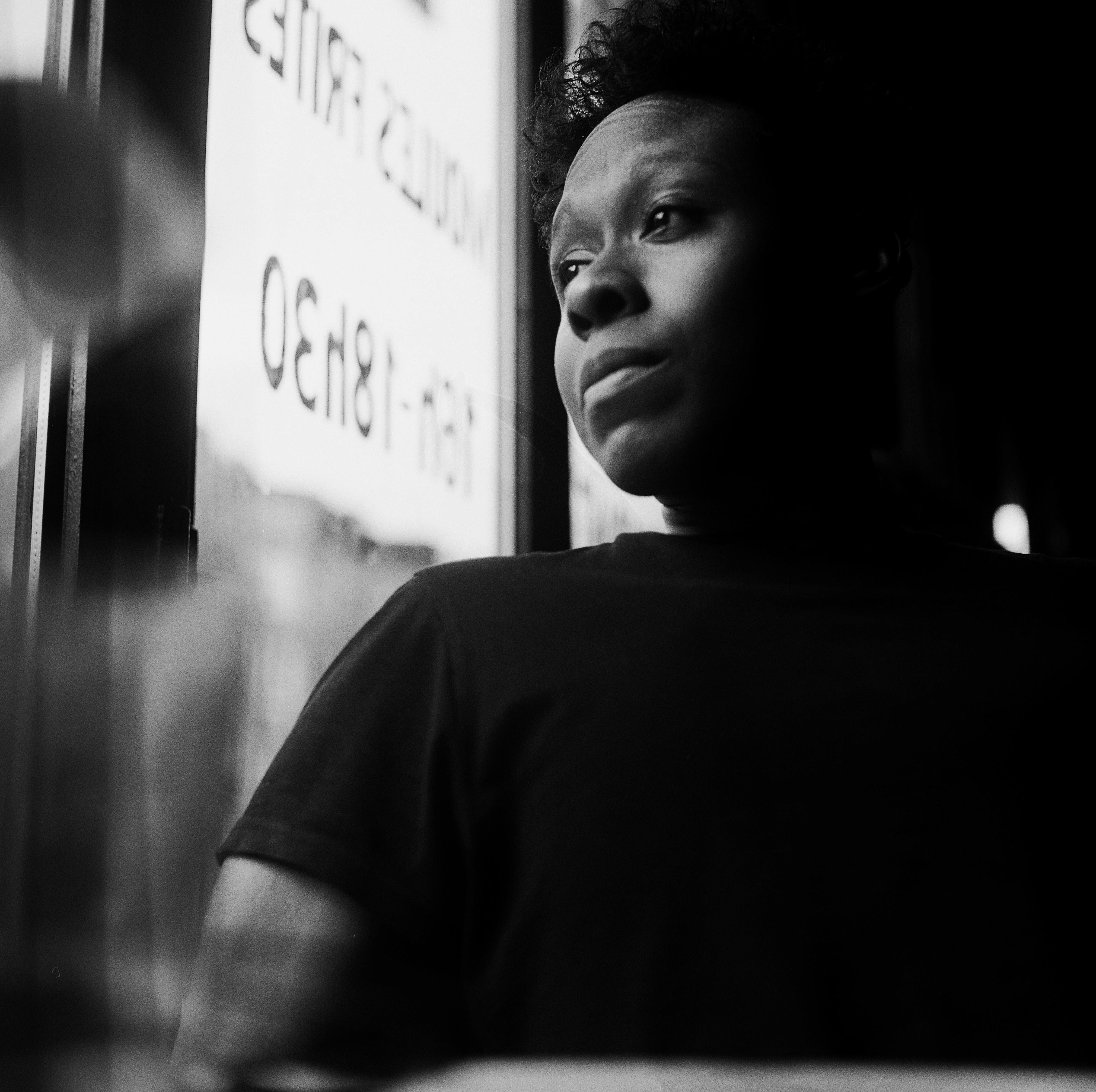Texas Isaiah on (Intimate) Community


The poignancy of Texas Isaiah’s work lies in his ability to reimagine the healing potential of photography for Black people, particularly Black trans, gender expansive, and nonbinary folks. Placing thoughtful collaboration at the core of his practice, he allows his sitters to document themselves on their own terms. The Brooklyn-born, LA-based photographer adopts a restorative approach to the photographic process, centering the self-actualization of the photographed, many of whom do not often find themselves depicted within the photographic canon. Texas Isaiah’s photographs depict quiet moments of intimacy across spaces of community, nature, and home that celebrate the quotidian as a way of foregrounding his sitter’s humanity. As such, his images are full of silent conversations between himself and his sitters, the sitters and themselves, and with himself. In them he asks: What do I want to see more of? What contributions can I make to an evolving conversation surrounding images of Black trans and gender expansive folks? What would Marsha P. Johnson love to see in image-making today? These questions continue to guide Texas Isaiah’s practice through and beyond the residency.
You have described the intimacy between you, the people in your photographs, and the camera as “creating with individuals and narratives” rather than serving as onlookers. How have you been able to navigate changes in intimacy in the photographic process alongside the people you photograph?
The shifts in intimacy have unquestionably changed with how we can be in physical space, but I believe people will begin to interrogate how to expand our connections to intimacy. This may be when I cannot image people frequently, but this moment is an opportunity to figure out new ways to engage.


Your project Our Moonlight / Intimacy and Isolation, created for the New York Times in August 2020, considered the ways people have renegotiated intimacy while remaining physically distant. Inspired by a former partner, in tandem with a desire to get out of the house, you’ve noted this passion project stemmed from your “burning curiosity of how, specifically Black, queer, and gender expansive, couples were sustaining intimacy amongst one another during this time.” Can you expand on this?
I felt an incredible amount of anxiety around producing Our Moonlight / Intimacy in Isolation during the early season of the pandemic. But it was important for me to work on something that would allow me to check in with the community and support my well-being. It was some people’s first time outside of their homes. Although we were required to manage our distance, we could still establish intimacy, but it had to be shaped differently.


You began your career photographing clubs, recognizing the importance of nightlife for Black, trans, and queer communities. Alongside the societal erasure and marginalization of these groups, these spaces served as a place of gathering, community, and joy. With the current precautions around gathering, those formative years of your career seem to take on a new meaning while remaining central to your work. As an artist whose early works captured nightlife, how has your relationship with that period in your life changed?
I frequently travel back to those moments because the ideals and values are still at the center of my work. I also still go out and attend events— every time I travel to a new city, the first places I am interested in exploring are nightlife spaces. They’re some of the first places I learned about building community. I love to dance and meet new people. People have now examined the questions around gathering in spaces, but there will always be privileges that allow some to congregate and others not to. Who's allowed to do that and who isn’t? These are questions I feel like people, even pre-pandemic, had to ask themselves regarding safety and acknowledgment.
Nightlife helped and continues to aid how I define myself as an artist. We are constantly faced with questioning ourselves on whether or not we are artists. Who is an artist? Who's able to call themselves an artist? What does one's artistry have to look like? I spent some time listening to people attempting to manage what my career or work should look like to reach bizarre tiers of "success." It made me doubt myself. Nightlife reminds me of why I am here to begin with. It has nothing to do with success or believing my value is tethered to success.


I've been thinking a lot about memory and visual archives in relation to this moment when Black people are experiencing so much loss. How have you interpreted the role of the visual archive in your community?
Within a time of intense isolation and distance, I've been fascinated by artists finding reflections within their work. People are going back to their archives and revisiting and revising projects they produce; some folks are pointing the cameras at themselves, and others are photographing their inner circles at a distance.
I’m most interested in how photographers, or artists, are developing more self-portraiture. I've been thinking a lot about the presence of the artists within their own work and the relationship between yourself and yourself when you become the person that's in the image. What kind of inner kinships are you able to discover? Do your self-portraits allow memories to remerge? How does this experience apply to the moment a sitter is involved in the process again? I believe these questions are essential to ask as we transform our relationships with ourselves and one another.